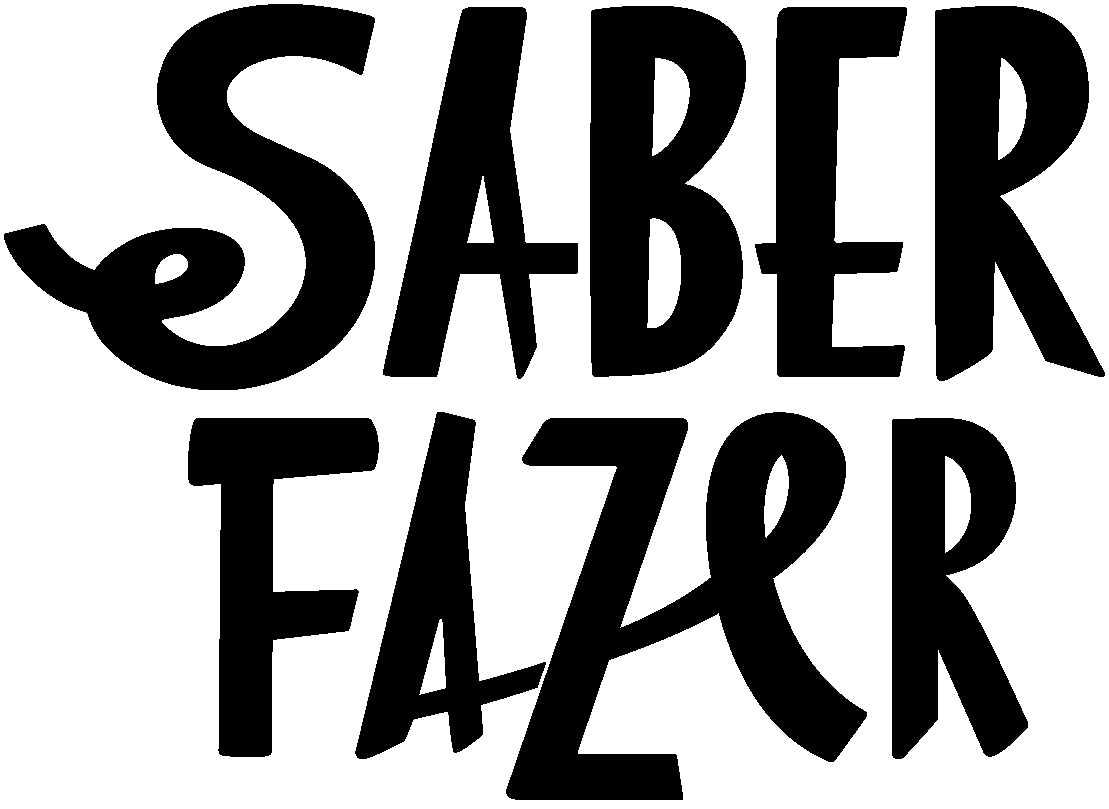O Curso do Linho de longa duração - dia final
Semeámos, vimos crescer, colhemos, ripamos, maceramos, secamos e moemos o nosso próprio linho, no espaço de dois meses e meio. Esta foi a parte fácil de produzir linho, a mais trabalhosa vinha a seguir e é a que nos leva a espadelar, assedar e fiar.
No último dia do nosso curso, juntámo-nos todos a trabalhar onde tudo começou. Foi um dia bem bonito em volta das nossas fibras. Falamos da nossa experiência, discutimos resultados e opiniões, aprendemos a espadelar, à mão e com a nossa espadeladora mecânica. Assedamos com sedeiros antigos e modernos. Ainda aprendemos a usar as cardas como ferramenta que nos permite aproveitar mais fibras da estopa que fica da fase da assedagem e aprendemos também a cardar as fibras mais curtas para facilitar a fiação.
Da fiação, que na verdade não estava incluída no programa do curso por achar que é uma arte em si só, falamos um pouco e houve quem tivesse dado umas voltinhas nas rodas de fiar, nos fusos de suspensão e no fuso português. Fiar linho é mais difícil que fiar lã, na minha opinião. E a responsabilidade aumenta quando estamos a usar as fibras que cultivamos nós próprios e que tanto tempo levaram até chegar às nossas mãos, assim sedosas e loiras.
Este curso foi dos projectos que mais gozo me deu desenvolver este ano. As oficinas de 1 dia são úteis e interessantes, mas este é definitivamente o nível seguinte. Acompanhar o tempo natural de crescimento e processamento do Linho permitiu-nos abordar cada um dos assuntos com calma e entre actividades havia novamente tempo para a informação assentar e as questões surgirem. Além de aprendermos sobre o ofício propriamente dito, visitamos entidades e pessoas que nos ajudaram a ver este tema de diversas perspectivas. Algo absolutamente essencial para que possamos ter uma visão realista do que é o trabalho do Linho em Portugal actualmente, sem ilusões de folclores e museus etnográficos.
Além de tudo isto tive a sorte de receber um grupo interessado e diverso, com pessoas que se inscreveram cada um pelas suas razões e no final fiquei satisfeita por saber que aprenderam bastante.
Na verdade, este curso foi uma oportunidade única para quem conseguir inscrever-se, possível apenas por ser um programa apoiado pelo Município de Vila Nova de Famalicão, ao qual temos de agradecer pela forma como nos receberam e pelo apoio incrível que prestaram a todos os trabalhos que se desenrolaram. Sem esta abertura, nada teria sido possível.
Para o ano há mais!










